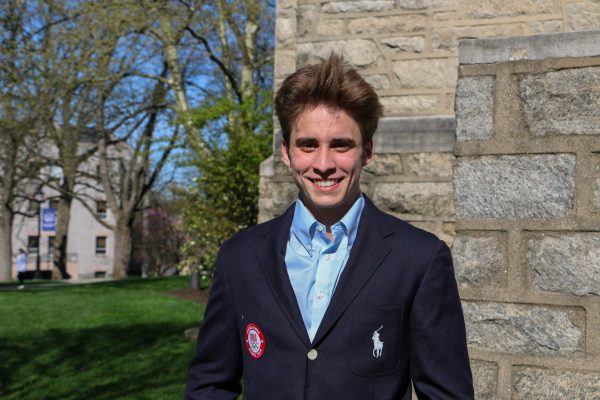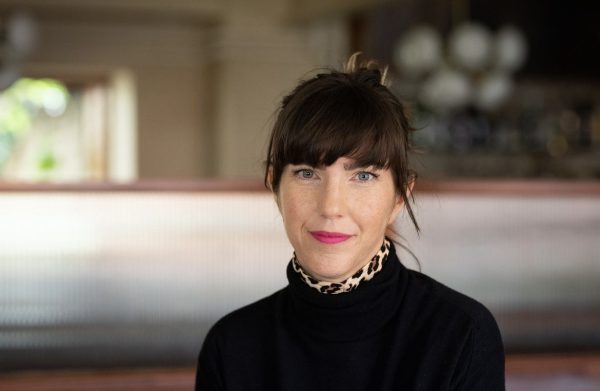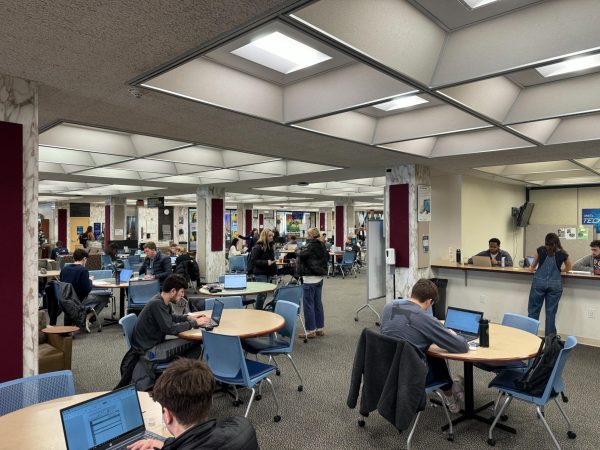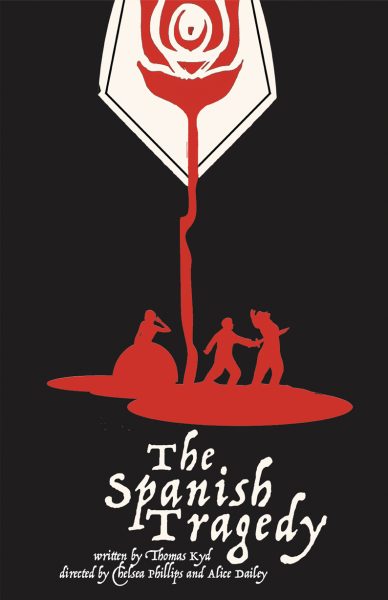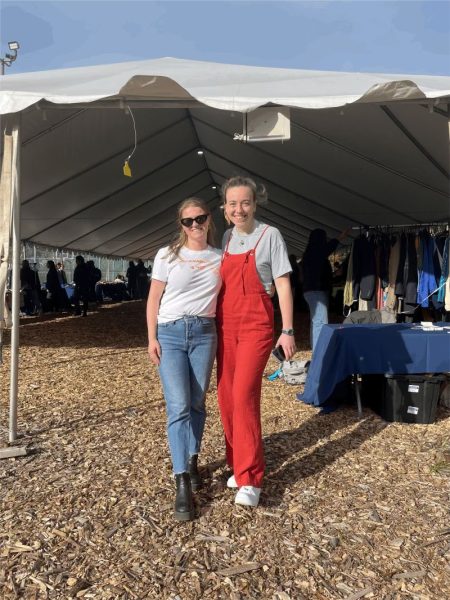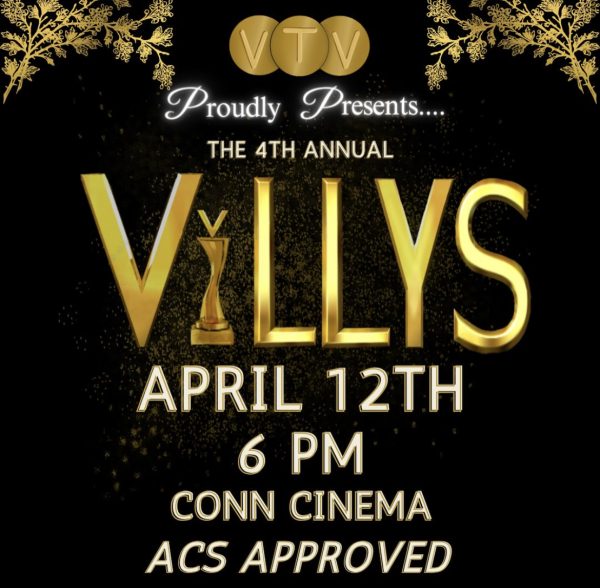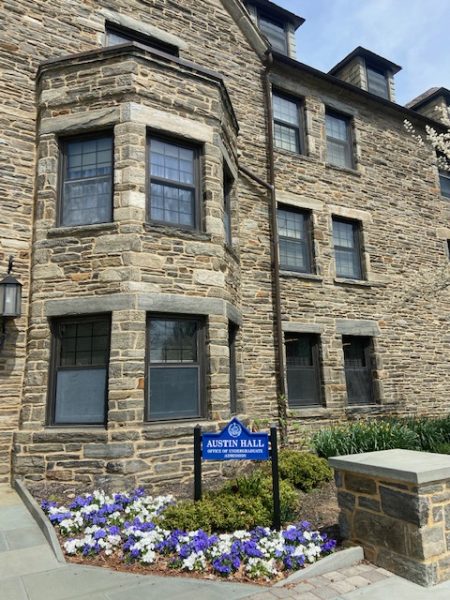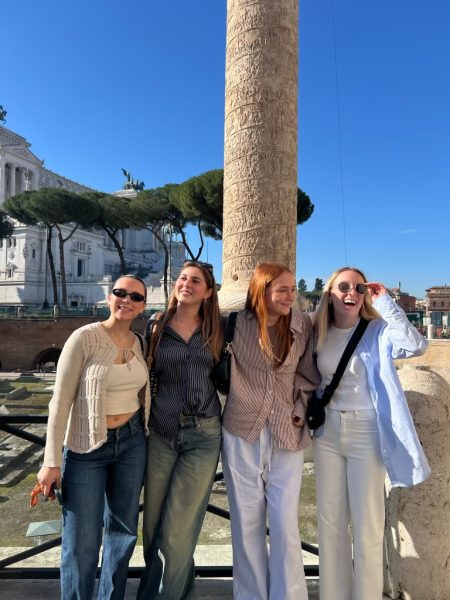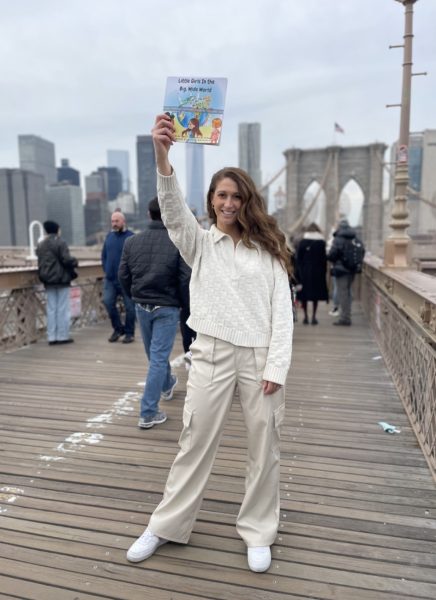Beauty in the Bricks
December 4, 2009
On a recent afternoon in North Philadelphia, in a Kensington neighborhood littered with trash and covered in graffiti, a crowd of people stood admiring a mural painted on the side of a mostly vacant row house. They had come to see the dedication of the mural, one of over 3,000 commissioned by the city’s ubiquitous Mural Arts Program in its 25 years of existence.
This is a place that has seen few celebrations, so the ceremony had an improvised feel. A small, collapsible podium had been set up in front of the painting, which covered the entire wall, measuring about 30-by-35 feet. There was no microphone, so Jane Golden, the emcee and program director, had to shout over the noise of the Berks Street El. that rumbled by in the distance every few minutes.
“We should be proud as Philadelphians to live in a city where art is everywhere,” Golden said, gesturing behind her at the impromptu canvas. She then quoted the writer Adrienne Rich: “What would it mean to live in a city whose people were changing each other’s despair into hope?”
Kensington is an infrequent witness to art and the recitation of poetry. But that is precisely why Golden had come – to carve out another oasis of beauty in the midst of urban blight. A pale, slender woman with a voice like blood-red paint, she has spent two and a half decades leading the crusade to cover graffiti with works of art. In the process, she has encouraged a sort of inner-city renaissance – all despite Philadelphia’s persisting reputation as a hotbed for poverty and violent crime, of which Kensington’s perilous streets are a grim reminder. Not 24 hours after the dedication, about a mile away, a 34 year-old man was shot once in the head. The newspapers said his name was Bryan Jubile, and that police pronounced him dead at the scene.
Golden joined the program one year after its inception, in 1985, when it was Mayor Wilson Goode’s Anti-Graffiti Network. A muralist herself, she had led a similar city-beautification effort in Los Angeles. There, as in Philadelphia, her effectiveness in redirecting the passions of graffiti artists – that is, in convincing them to make murals instead – led Mayor Ed Rendell to formalize the program in 1996 and make Golden its director.
She has since built Mural Arts into a formidable presence in the city. With an annual operating budget of over $7 million, it can well afford to spend between $15,000 and $25,000 on a typical mural. The quality and sheer volume of the paintings have boosted tourist traffic by means of guided trolley tours on five different, culturally distinct routes. In common parlance, the City of Brotherly Love is now also the City of Murals, and people come from far and wide to see them.
To the delight of city leaders, the murals have transformed Philadelphia into an outdoor museum. But they have also had the unintended effect of making the city’s problems more visible. Statistics confirm some of the uncomfortable realities which tourists pay $25 per trolley ticket to glean. According to the most recent census, one quarter of Philadelphians live below the poverty level, compared to about half that nationally. In particular, the city’s Hispanic population is the poorest in the country. Meanwhile, data released by the FBI this year shows that Philadelphia has the fourth-highest homicide rate among cities with populations of at least 500,000. Duly, many murals incorporate themes of overcoming adversity in the form of incarceration, lack of educational opportunities, and pervasive, senseless violence.
Still, program supporters insist that it should not be held responsible for operating amid hardship. Larry Platt, the editor of Philadelphia Magazine and a professed “big fan” of Golden, leads a mural tour each year and sings the program’s praises in his magazine.
“I’ve heard those sorts of criticisms in the past,” he says, “You can’t blame the program for reflecting a reality that happens to exist.” Instead, he says, the murals should be credited with improving Philadelphia’s streets – and, most importantly, its reputation.
“Media elite friends of mine in New York know a few things about Philadelphia,” he says. “They know that we boo Santa Claus, that we eat cheesesteaks and that we have a dedication to public art. And of those three calling cards, the one I want to be known for is art.”
It’s hard to argue with the program’s success in giving Philadelphia a much-needed makeover. And in many respects, the changes have gone beyond surface level. As one of the largest public arts initiatives in the country, Mural Arts does more than just “slap paint on the walls,” as Platt says. Their art education programs offer lessons on mural-making to nearly two thousand underserved youth in Philadelphia. There are programs, too, for adults incarcerated in the Philadelphia Prison System and at the Graterford State Correctional Institution. In addition, Golden works with local high schools, libraries, churches and recreation centers to broaden the program’s influence in the region.
The relationship is one of mutual respect. For every mural, the community in which it is painted gains majority ownership: they largely determine the location and subject matter, while also helping the artist to complete it. The program co-creates murals with over one hundred communities each year, and its scope is as broad as the murals themselves. Most measure two or three stories high, with the tallest reaching about 11 stories. They are typically made by the grid system, in which the artist superimposes a proportional grid on the original drawing and the wall surface – usually in a ratio of one inch to one foot – and reproduces each square in the original in its equivalent square on the wall.
The end result is a work of art that restores a long-dormant sense of civic pride, Golden says.
“I believe that if a neighborhood is filled with graffiti, trash and crime, there’s a downward spiral. Bad things lead to more bad things, and it’s very difficult to find a way out. But I have somewhat of a long view, and I can really tell you that our work has made an impact.” She pauses, and adds: “It’s helped to push this city forward.”
In Kensington, as in other parts of the city, program supporters say the mural is validating an important tenet of urban sociology: the Broken Windows Theory. According to the theory, introduced by a pair of sociologists in 1982, minor urban problems – like a broken window in an apartment, or trash strewn on a sidewalk – are best fixed immediately, before they become widespread. The theory, in other words, draws a direct link between a city’s appearance and the safety of its residents.
The Kensington makeover works in a similar way, says Laura Semmelroth, of the New Kensington Community Development Corporation, which worked with the Mural Arts Program on the project. By making incremental, cosmetic changes – in this case, painting a mural, planting trees and gardens, and installing solar lighting along formerly dark and deserted streets – Kensington has stemmed the rising tide of urban blight.
“It’s a conceptual change,” Semmelroth says. “Criminal activity happens less in places that people care about. I think more needs to be done, but this is an important step.”
The mural itself was painted by Beverly Fisher, a local artist who lives just a few blocks away, in Fishtown. She says her proximity gives her a sense of the mural’s tangible effects. “From my own experience of walking this block, the mural creates a feeling of safeness,” she says almost cryptically. “I’m hoping it will trigger a new train of thought. When you plant a garden, people don’t do drugs in the garden.”
At the very least, her mural, along with 96 percent of the city’s number of murals, have yet to be vandalized.
On its surface, the mural looks like a series of green and yellow circles on a burnt-orange rectangle, with a thin, blue line snaking diagonally through it. But figuratively, it depicts the water cycle, specifically that of the Delta floodplains that lie about a mile east. To hear it interpreted, the rectangle represents sand, the circles are water marks, and the blue line, made of many small fragments of glass tile, is a gently flowing river. Semmelroth says some residents, especially the elderly, are confused by the abstract nature of the piece, but appreciate it nonetheless.
“For a block that’s felt disenfranchised, it’s really important to them,” she says.
The river is the mural’s most striking feature. Because of its material, it has a mirroring, almost kaleidoscopic effect.
“So many times, I see people walking by the mural and running their hands along the glass,” Fisher says. And perhaps that is why she made it that way; because to pass by a work of art is, in fact, to see your own reflection.


